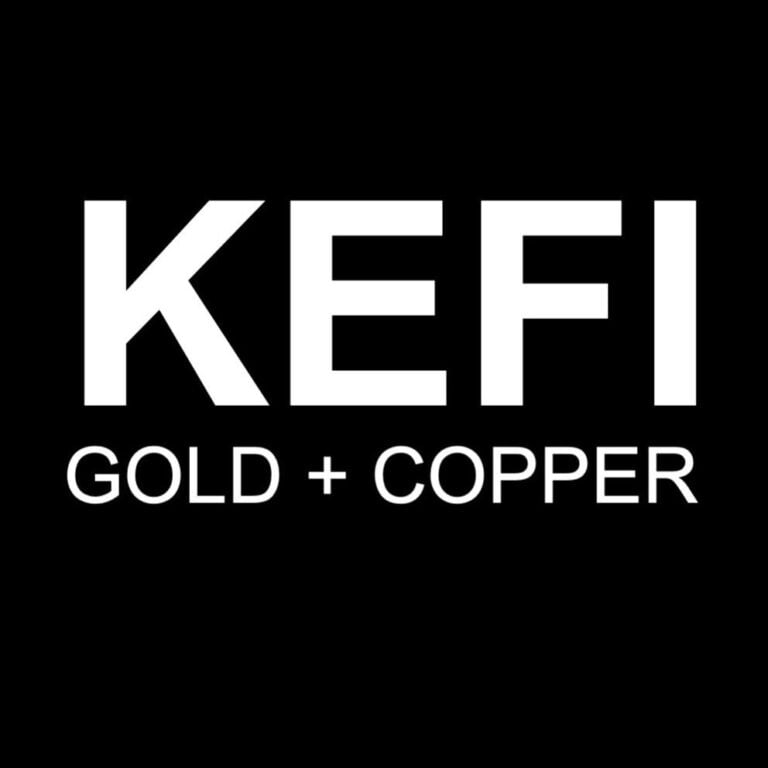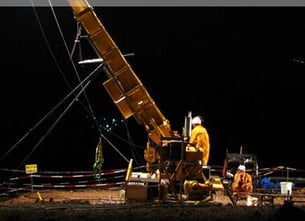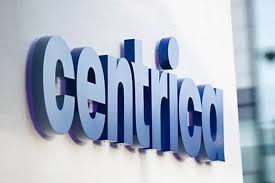Tension on trade fronts has cast a familiar shadow over risk assets, yet something unusual is unfolding beneath the surface. Amid the escalating standoff over import levies and border measures, one old standby has begun to command renewed attention, slipping quietly into the spotlight as other markets hesitate.
As political manoeuvres tighten their grip on global commerce, bullion has been rediscovered for reasons that transcend simple technical shifts. Conversations once dominated by equity valuations and bond yields are now punctuated by cautious asides about border tariffs and diplomatic brinkmanship. By mid-July, that shift became impossible to ignore. The metal, long prized for its capacity to hold value in turbulent times, nudged higher as fresh pronouncements threatened to redraw supply chains and prompt sudden swings in investor appetite.
Where once central planners and trade representatives prowled the headlines, the spotlight has now widened to encompass the interplay between national policies and market psychology. The latest provocations saw tariffs aimed not only at a neighbouring economy but also at key industrial imports, unsettling traders who had grown accustomed to a steadier rhythm of global exchange. The outcome has been a subtle reallocation of assets, with investors gradually leaning back toward those instruments they trust to preserve purchasing power when geopolitical seas grow choppy.
This pattern has not escaped the notice of those watching precious metals. The impetus has been clear: as confidence in seamless trade falters, the metal’s reputation for reliability takes centre stage. Over the past fortnight, bullion has crept back toward levels last observed in late June, drawing in speculators and hedgers alike. For some, positioning in the yellow metal offers a buffer against currency moves; for others, a means to temper the blow of dwindling equity returns in a climate of policy uncertainty.
Parallel dynamics have been evident in silver, where prices flirted with heights unseen in more than a decade. While the white metal rarely grabs headlines to the same degree, its industrial applications and often more pronounced swings make it a bellwether for broad-based shifts in sentiment. When silver breaks long-standing ceilings, it does more than hint at brewing demand; it underscores the degree to which observers are recalibrating their assumptions about what constitutes a safe haven.
Underlying these shifts are the mechanics of futures markets and physical trade flows. With speculators and arbitrageurs trading contracts that promise delivery months ahead, even the hint of fresh import barriers can ripple through price curves, tightening forward premiums and nudging spot quotations upward. Meanwhile, cash traders confronted with immediate delivery requirements are adjusting their bids, wary that sudden restrictions on cross-border shipments could squeeze available inventories and push premiums still higher.
It is in these dual arenas, paper and physical, that the current narrative takes shape. Traders weighing the prospects of further tariff escalations find themselves balancing on two fronts: the immediate allure of bullion as a shelter, and the logistical challenges that could emerge should border levies disrupt established channels. Both factors feed into a renewed sense of value in holding the metal today rather than deferring commitment to a later date.
Such considerations resonate deeply with professional investors who prize both foresight and flexibility. The capacity to anticipate policy shifts and then position accordingly has seldom been more important. And though bullion’s movements may seem incremental week by week, each modest uptick reflects a broader reallocation of capital away from perceived vulnerabilities and toward instruments that promise a measure of stability.
For those compiling diversified portfolios, the message is clear. In an environment where trade edicts can shift overnight and political posturing inflames uncertainty, the incremental cost of allocating a slice of capital to precious metals may well be outweighed by the cushion they provide when other asset classes falter. More than a mere reactive play, this is a strategic tilt, one that acknowledges the enduring appeal of tangible stores of value in an age dominated by digital assets and complex derivatives.
As markets digest the latest rounds of tariff rhetoric, it is worth remembering that the fundamentals driving bullion’s appeal remain unchanged. Beyond the ebb and flow of short-term positioning lies a bedrock of demand from central banks, jewellery and industrial users. That enduring support, coupled with the metal’s role as a hedge against both currency debasement and policy missteps, ensures that today’s uptick is anchored in realities beyond the immediate noise.
In essence, the recent movements in precious metals serve as a barometer for investor nerves. When uncertainty rises in one domain, it often finds expression in the buying habits of those who seek refuge. And while the precise contours of trade policy will continue to evolve, the underlying logic for holding bullion retains its force, offering a measured response to the vagaries of modern geopolitics.
London-listed company KEFI Gold and Copper plc (LON:KEFI) is an exploration and development company focused on gold and copper deposits in the highly prospective Arabian-Nubian Shield. The Company operates in Ethiopia and Saudi Arabia with projects including Tulu Kapi project, Jibal Qutman EL and Hawiah.










































